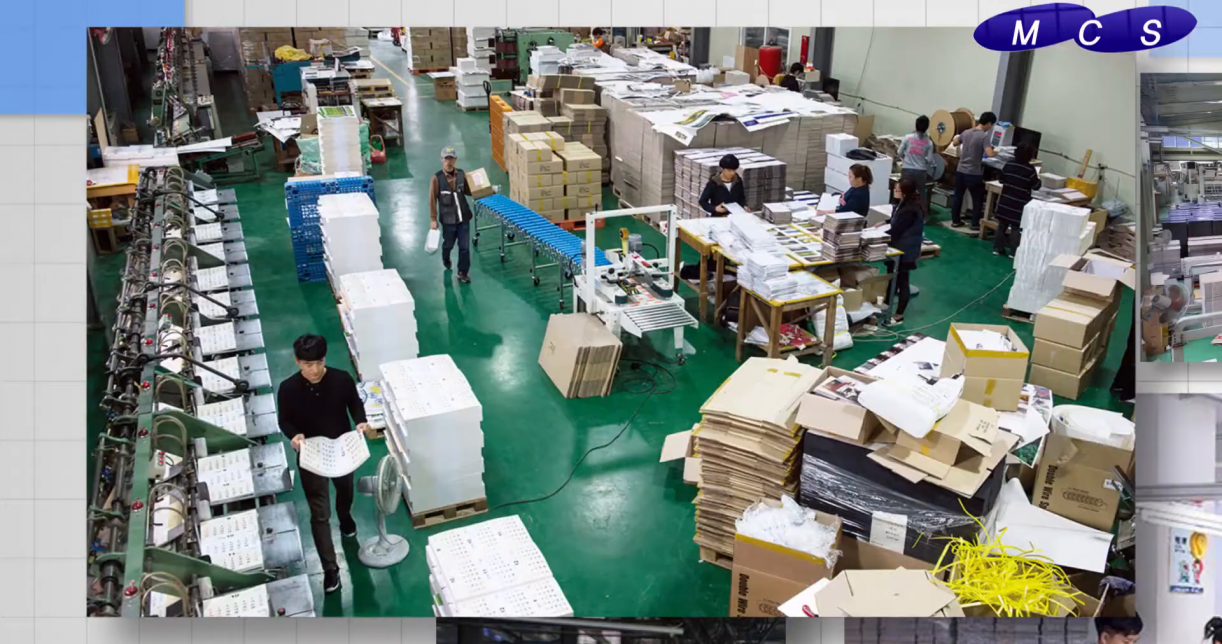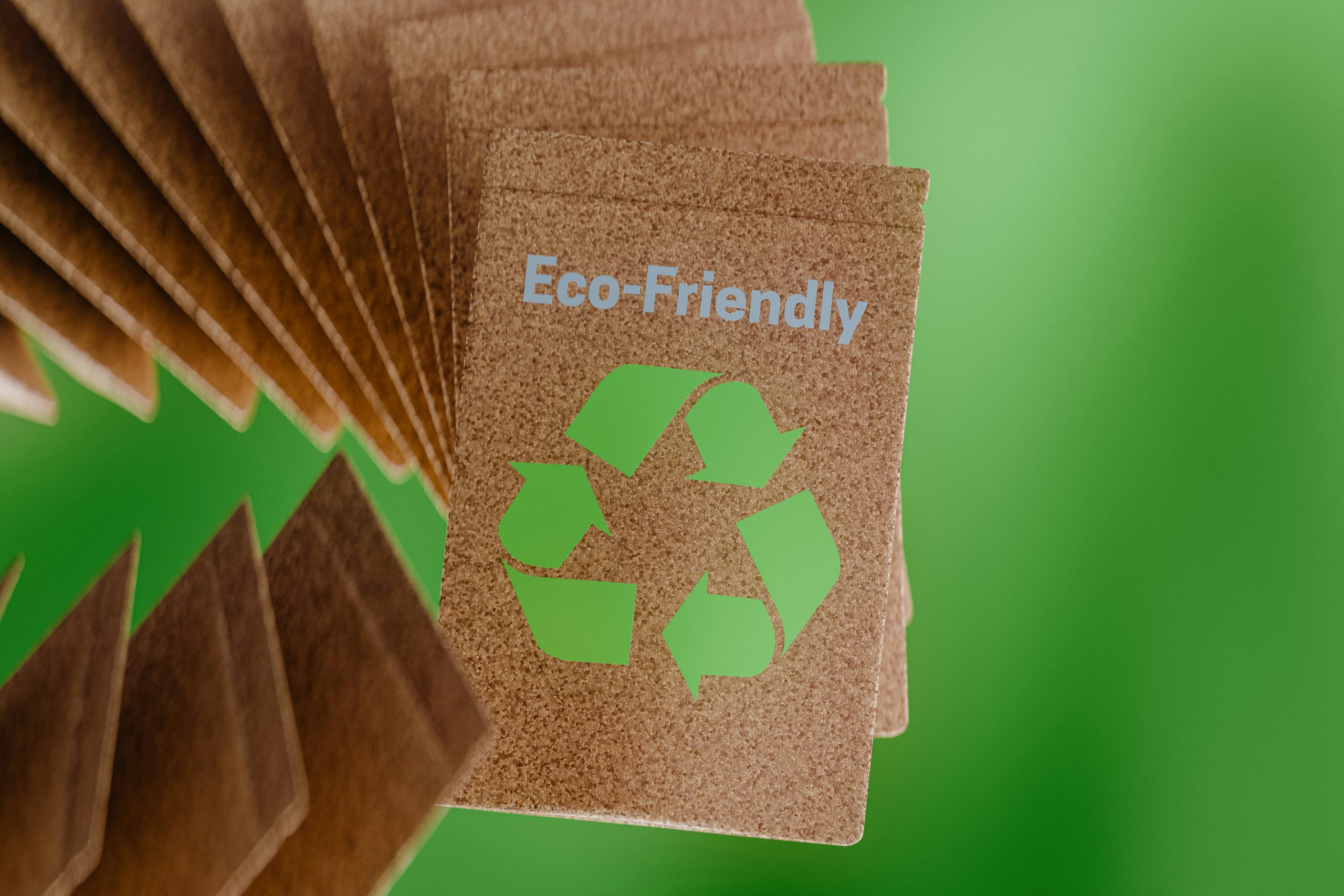
Comprehensive Guide to Bookbinding: General-Purpose, Side Binding, and Coated Paper Binding
Bookbinding is an essential process that brings pages and covers together into a finished product, creating durable and visually appealing books. Whether it’s a general-purpose binding, side binding, or specialized binding for coated paper, the right approach and materials are crucial to achieving the desired results.
This guide delves into the nuances of each binding type, focusing on their applications, benefits, and best practices

General-purpose bookbinding encompasses techniques designed for a wide variety of applications, from everyday notebooks to academic textbooks and casual reading materials. It prioritizes durability, cost-efficiency, and ease of production, making it a go-to choice for bulk publishing.
General-purpose bookbinding encompasses techniques designed for a wide variety of applications, from everyday notebooks to academic textbooks and casual reading materials. It prioritizes durability, cost-efficiency, and ease of production, making it a go-to choice for bulk publishing.
Applications of General-Purpose Bookbinding
- Educational books and manuals.
- Journals, notebooks, and diaries.
- Softcover novels and magazines.
Key Features of General-Purpose Binding
- Versatility: Suitable for different paper types and book sizes.
- Durability: Designed to withstand frequent handling and long-term use.
- Affordability: Offers a cost-effective solution for high-volume production.
Common Techniques Used
- Perfect Binding: Adhesive-based binding for a clean, professional finish.
- Saddle Stitching: Staples used to bind smaller publications.
- Spiral or Wire-O Binding: Ideal for flexible use in notebooks and manuals.
Side binding, also known as side-stitching, involves securing pages by stitching or stapling along one side of the stack, near the edge. This method creates a durable bond and is especially useful for documents or publications with thicker spines.
Applications of Side Binding
- Professional reports and proposals.
- Thick catalogs or technical manuals.
- Short-term publications that need sturdy binding.
Advantages of Side Binding
- Strong Binding Strength: Suitable for thicker stacks of pages.
- Ease of Use: Simple and quick to execute, even for small batches.
- Compatibility: Works well with a variety of paper types and finishes.
Limitations of Side Binding
- Reduced Page Flexibility: Pages may not open flat, which can limit usability in some cases.
- Aesthetic Concerns: It may lack the polished appearance of other binding methods.
Binding for Coated Paper
Understanding Coated Paper
Coated paper is treated with a layer of clay or other materials to create a smooth, glossy, or matte surface. This finish enhances print quality, making it ideal for high-end publications like coffee table books, catalogs, and magazines.
Challenges of Coated Paper Binding
- Low Porosity: Coated surfaces have reduced adhesive absorption, making it harder for traditional glues to form a strong bond.
- Slick Surface: The smooth finish can cause adhesives to slip or fail during binding.
- Temperature Sensitivity: Coated paper is more prone to issues like cracking or peeling in extreme temperatures.
Best Practices for Binding Coated Paper
- Hot Melt Adhesives: Choose adhesives specifically designed for coated paper to ensure a durable bond.
- Pre-Treatment: Scuff or roughen the binding edge to improve adhesive penetration.
- Perfect Binding: A preferred method for its clean appearance and strong adhesion properties.
- Temperature Control: Use adhesives with cold resistance to prevent cracking in colder climates.
Adhesives tailored for coated paper ensure strong, long-lasting bindings even under challenging conditions. Hot melt adhesives are particularly effective, offering:
- Quick setting times for high-speed production.
- Exceptional adhesion strength for non-porous surfaces.
- Flexibility and durability under varying temperature conditions.

